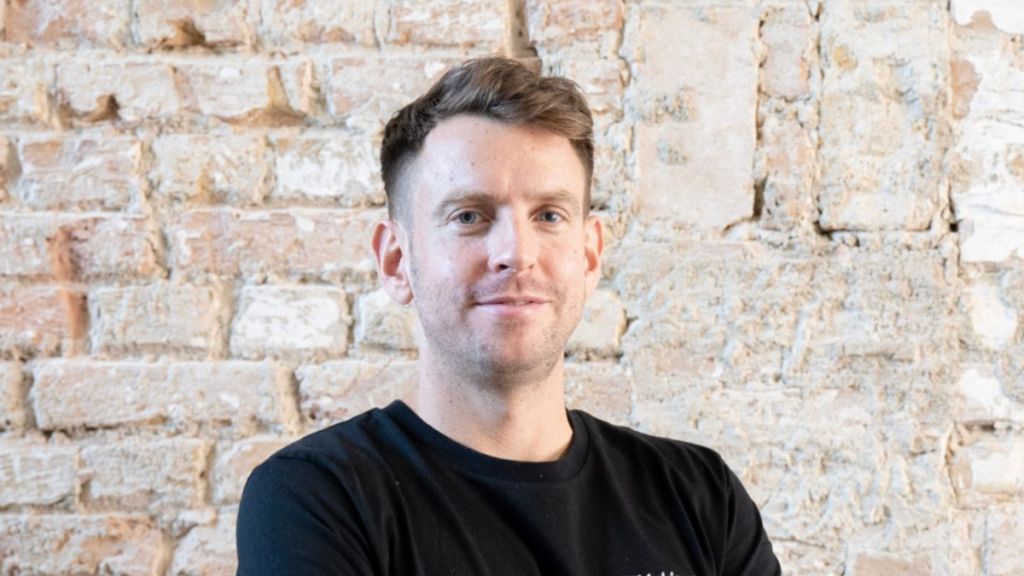by Matthew Klimpke, CEO and Co-Founder of Vyking.io
The cost of living crisis and accompanying economic malaise has dominated the headlines for the second half of 2022. And this month’s retail “Super Thursday” – where retailers reveal their Christmas sales figures to the City show a mixed picture, with many supermarkets seeing a rise. However, these increases are not a simple story of greater sales volumes and instead are primarily prompted by a leap in the prices due to supply chain issues.
However, many online retailers are feeling the pressure as consumers look to cut costs wherever they can. Online retail “OG”, ASOS, recorded a fall of 8% in sales and revenue drop of 3% and as a result, announced plans to drop 35 brands and close five warehouses. This comes just a day after ecommerce leviathan, Amazon, announced plans to close three warehouses in the UK.
The economic headwinds are bringing commercial pain and a strategic headache for the ecommerce industry, with many needing to refocus spend and shore up business in preparation for a downturn. Yet despite the gloomy festive figures there is a real opportunity for online retailers to leverage technology, personalisation and an enhanced customer experience to generate demand from consumers.
The pandemic drove huge numbers of consumers online, almost overnight. However, in many cases, their web experience was a poor facsimile of the in-store one, especially in clothing, footwear and eyewear where appearances are everything! A number of brands sought to bridge the gap with virtual solutions for try-on (VTO) such as L’Oréal, who saw conversion rates triple on makeup product pages where it was available.
For high value purchases such as luxury goods, the time from browse to basket might take longer but VTO still has a key part to play in an extended purchase journey. VTO can increase interaction times threefold. And if a customer lingers over a purchase, other prompts such as discount codes or time-sensitive offers are a retailer’s chance to push a sale over the line.
Fashion brands are ideally placed to be at the forefront of this innovation, especially as Gen Z seems to be eschewing fast fashion in favour of higher quality items – sometimes financed through buy-now-pay-later options. With a discerning omnichannel shopper, brands need to future-proof their ecommerce experience for a coming era of shopping – powered by innovation in AR.
In Vyking’s heartland of footwear, VTO can be deployed at scale across mobile apps and websites. The space is hotting up, with Amazon and Snapchat also recently making this technology available within their own apps. And the early signs are that VTO in footwear is seeing the same success as other verticals, with conversion rates almost doubling for the best-performing products. Similar results have also been highlighted by Snap, with a 94% increase in conversion reported for footwear campaigns on their platform. For retailers, maximum ROI can be achieved by making VTO available on products that have a high volume of traffic, whether for eyewear, footwear or jewellery.
As with any technology, production costs for 3D content have come down significantly with the influx of new players. The ecommerce industry is seeing an ever-increasing appetite for technologies requiring 3D modelling and we are seeing how new innovative solutions, that make 3D production quicker and more cost-effective for brands, are continuing to increase demand.. For example, in the future, there may well be cloud-based solutions to produce 3D models even more affordably and make VTO accessible at scale.







